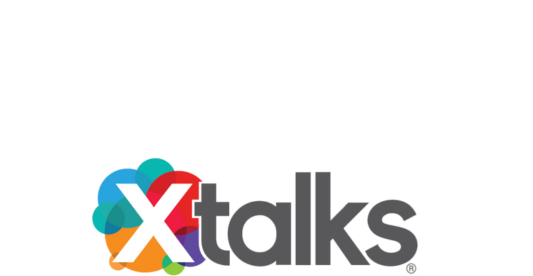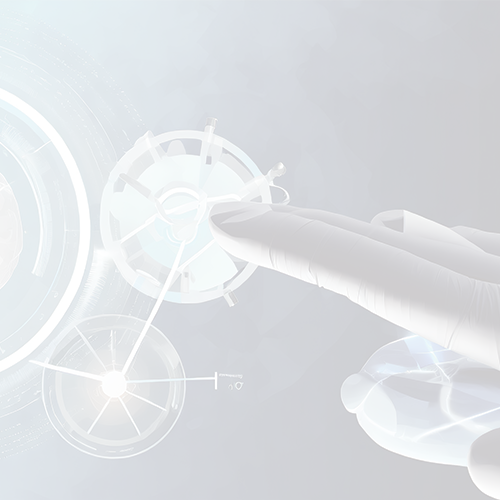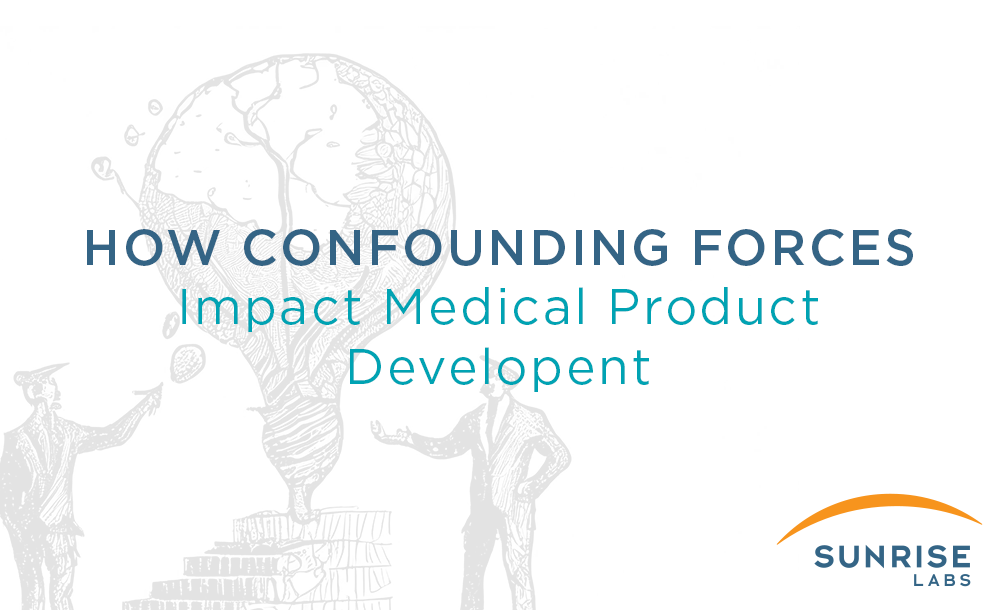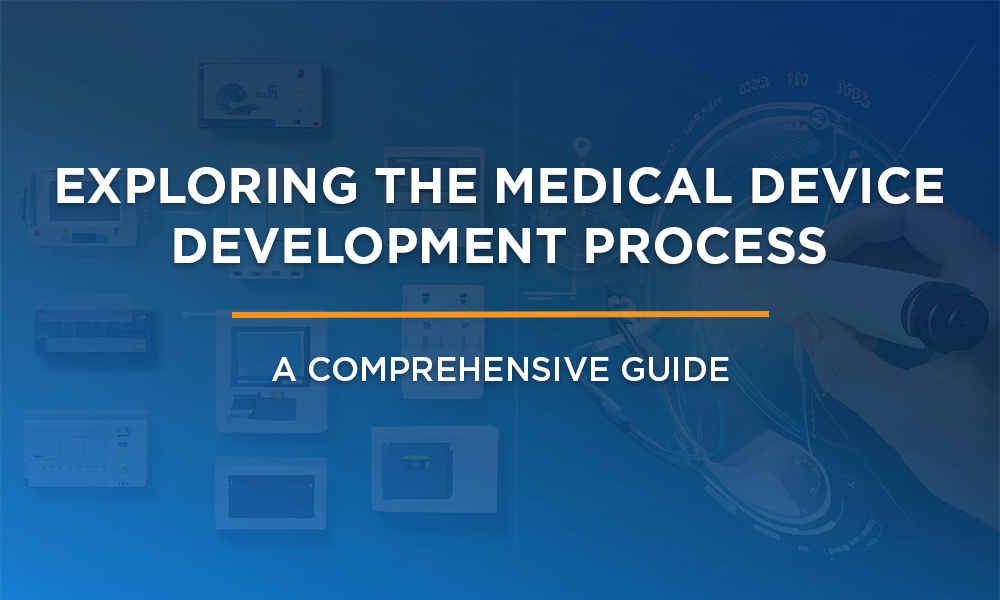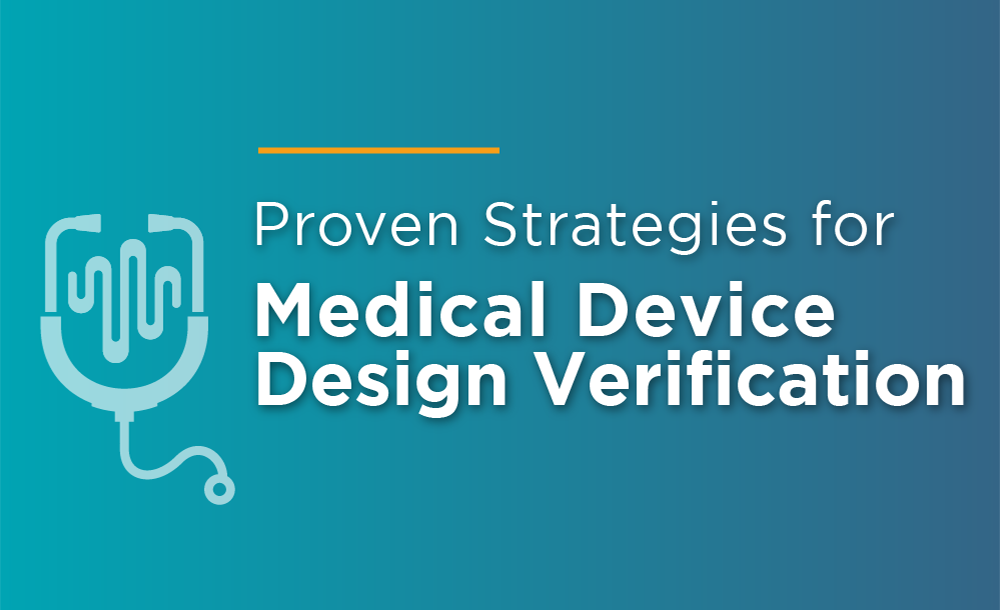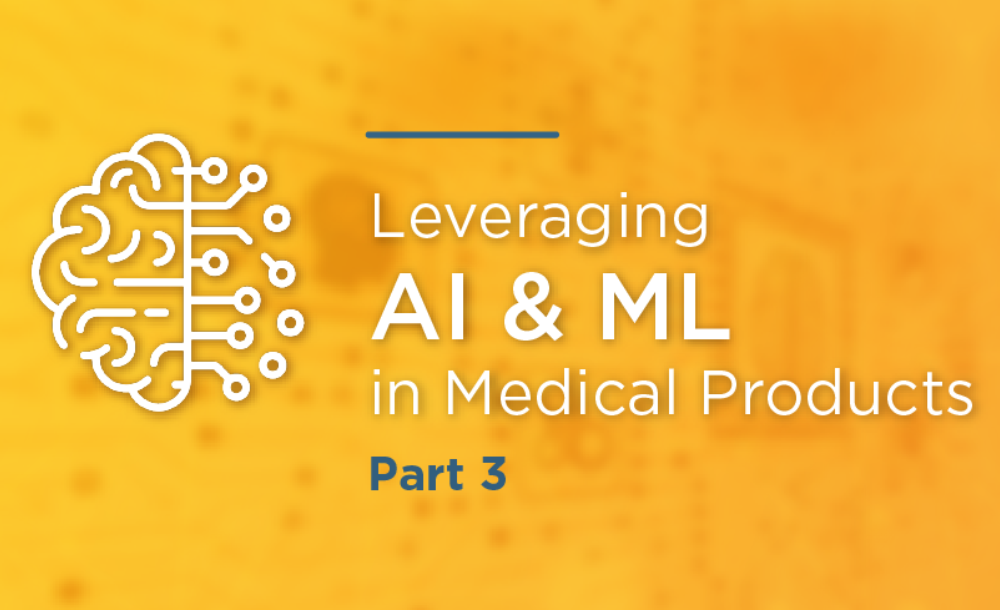We live in a time where we have easy access to biometrics that help both our clinicians and us manage our health. Some of these biometrics include the following:
- O2 Saturation and heart rate via Pulse Oximetry
- Step count via Inertial sensors & accelerometers
- Clinical-grade ECG via products like the Apple Watch
- Blood pressure via wrist or arm sphygmomanometers (cuffs)
- Body temperature touchless sensing via PIR or traditional contact-type sensing
- Grip Strength via dynamometer
- Respiratory Endurance metrics that yield functional capacity during exercise
- Body hydration via sweat composition analytics
While we often give these products little thought, the teams who developed each of them faced a myriad of challenges ranging from technical implementation challenges to regulatory hurdles, including many that were not foreseen at the outset of the product development effort. Many of these challenges are caused by forces that confound our products and become ‘corner cases’ that we must often identify and either overcome or exclude from our use case, to bring the product to market. Let’s review this with a few examples:
Pulse Oximetry
Pulse oximetry has a few of these known ‘corner case’ confounders that were learned during the product development effort back in the 70’s and 80’s. The first was a realization that the sawtooth-shaped “plethy-waveform” was not readily adopted as a diagnostic by clinicians which led to significant delays in launching a product while the “% O2SAT” metric was developed and validated as an indicator of hemoglobin oxygen saturation. When I was part of a team who worked with Nellcor on this product, we discovered that a person with cold hands will obtain a low “plethy” signal that yields an incorrect SpO2 level due to poor circulation in the fingers. The more recent use case with wrist-worn devices is negatively impacted by the movement of the watch on the wrist. However, so long as we clearly identify these limitations, we learn to accommodate them to make good use of pulse oximetry in both healthcare and sports/wellness environments.
Thermometry
Body temperature has been measured for decades via bulb-thermometers inserted into warm regions of the body, orally, axially, or rectally, and it is well known that oral readings may be confounded by improper placement when not kept under the tongue. When I was leading a team that partnered with Kinsa Health to develop the first smartphone medical thermometer which originally utilized a cable via the iPhone headphone jack. In addition to the location-dependent corner case, we had to overcome a manufacturing-cost issue since high-tolerance thermistors are pricey, so we developed a process to achieve high precision with low-tolerance thermistors via a clever manufacturing process that tested every device to confirm both safety and accuracy.
Contactless thermometers using PIR technology are also available for the forehead with a tympanic version for the ear, and these often are confounded by improper positioning in the ear or environmental heating/cooling effects that confound the forehead readings. Again, these corner cases are identified in the Instructions for Use (IFU) so users may learn to accommodate the limitations and make good use of this technology in products.
Hydration
Body Hydration has long been a challenge due to many confounding factors that make it difficult to obtain data that is representative of either hydration status or water loss during daily living or exercise. There are many confounders here as the rate of sweating and sweat-composition are unique for each individual and only recently have promising results begun to emerge. Since there is no way to accurately monitor hydration in and out of the body, and since our sense of thirst severely lags our need for hydration, this is a holy grail for athletes and needed for the elderly/unwell too. Companies like Nix Biosensors are showing promising use of AI in resolving some of the confounders for measuring body hydration and we look forward to learning what corner-cases users must be aware of to ensure the most accurate results.
Functional Capacity
Respiratory health is #1 of three functional areas that must be maintained for optimal ‘HealthSpan’ as explained by Dr. Peter Attia in his book about longevity entitled “Outlive”. It is also key to the quality of life for those with Chronic respiratory conditions such as Congestive Heart Failure (CHF), COPD, and Asthma.
Traditional respiratory health metrics are often captured via Spirometry which measures and characterizes unrestricted air-flow and can display asymmetrical air-flow graphs to aid in the diagnosis of COPD. However, spirometry does little to help in the assessment of functional capacity, which is a dynamic assessment relating to the efficiency and power of the lungs and the heart as the engine that powers our brain and our muscles. Both reduced heart function and the inability to build sufficient pressure in the lungs for efficient gas exchange with each inspiratory breath have a significant negative impact on mobility and exercise capacity.
Confounders in the development of the Pro2Helath Platform mirrored one experienced by Nellcor with pulse oximetry, where the Pro2Health “Inspiratory Power Waveform” was not readily adopted as a diagnostic by clinicians until the “O2FIT” metric was developed and validated. As with SpO2, the O2FIT metric provides a single number to indicate the functional capacity of a patient with just one inspiratory breath.
Another confounder relates to patient use. As with spirometry, accurate readings are only possible when the patient exhales deeply before the inspiratory test or inhales deeply before the expiratory test. This is quickly learned, but it can be a source of poor results if appropriate guidance is not provided.
Confounders to optimal patient care in this chronic respiratory space include reliance on spirometry as a key diagnostic metric for respiratory health and a lack of communication between Physicians and Physical Therapists, who recognize that elderly patient falls are often due to “rubber legs” which can be treated via inspiratory muscle training to reduce breathlessness during activities of daily living.
Discussion
The key takeaway for each of these stories is that teams who develop medical products must develop a deep understanding of the underlying physiology as well as the use and misuse challenges related to each product. There will always be confounding issues to address, and it is important to structure the development process to follow a risk-based approach including reviews of the regulatory landscape, the physiology, the sensor technology available, and possible architectures and include a user journey map that considers every stakeholder who will interact with the product from time-of-manufacture until the product is retired from service.
Initial product requirements are often blind to the learnings we experience throughout the iterative development process; a process that is necessary to deliver the most robust solution for care providers and patients. Excellent products with accurate and effective results are expected by clinicians and patients, so management teams, their investors, and their boards must embrace the iterative process to ensure that teams are well-supported so they may pivot as needed to deliver this excellence!
Whether doing a program with internal resources or working with a development partner, always include team members experienced with the relevant sensor technology, with an understanding of the related physiology, and wherever possible, include members familiar with corner cases related to your product and the environment for its use.
When working with a development partner, it is important to find one who shares your vision with a culture that matches your own. This forms the foundation for a relationship based upon transparency and mutual trust and forms the cornerstone to guide behavior throughout the iterative development process, for team members for management, their investors, and boards of directors.
Thomas Edison eloquently recognized that failure and setbacks are inherent to the development process via his quote: “I didn’t fail 100 times. The light bulb was an invention with 1000 steps.” We too, will have confounders along the road and we can only get to the light at the end of our tunnels by maintaining trust and integrity at every level throughout our programs, for without trust, relationships collapse and business cannot be conducted.
